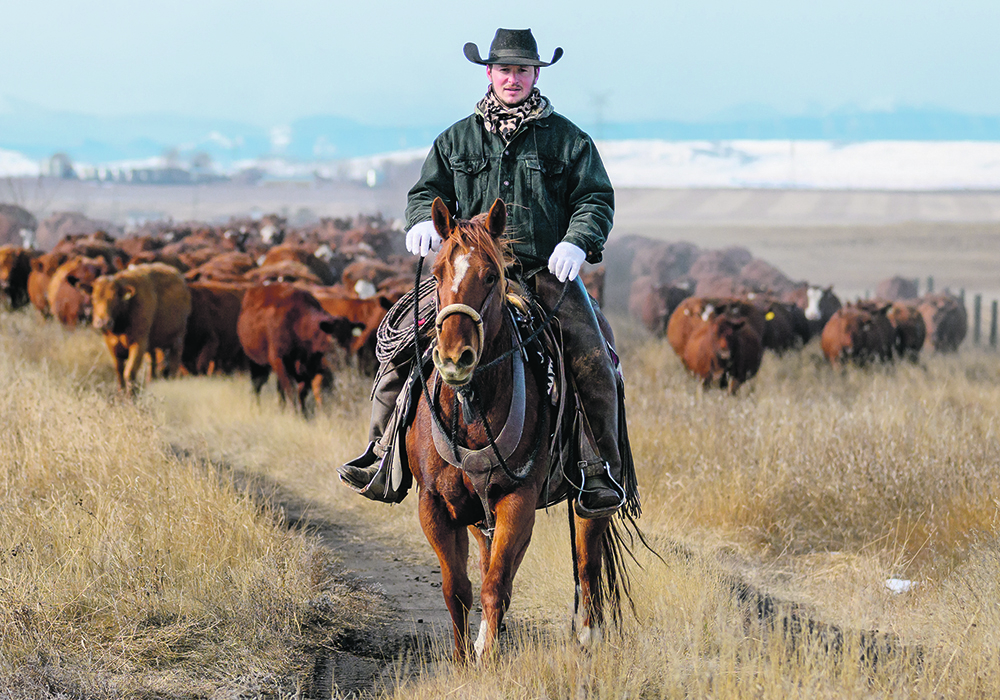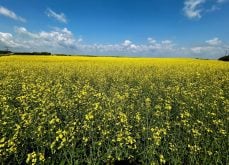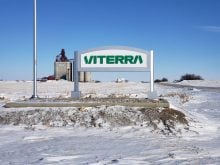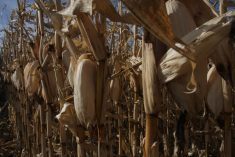Drought-induced herd reductions and increasing production costs threaten to spoil brighter beef market for producers
Beef prices are up. So is the availability of feed combined with tighter margins for packers and the dwindling inventory of North American cattle. That should have the market trajectory heading in the right direction.
But scratch the surface of the market and things aren’t necessarily as rosy as they might appear.
“It’s pretty good,” said Dryland Cattle Trading Corp.’s owner Ian Goodbrand. “The calves are $250 to $300 more than last year — pretty well straight through. It’s a very good market, very active market.”
Read Also
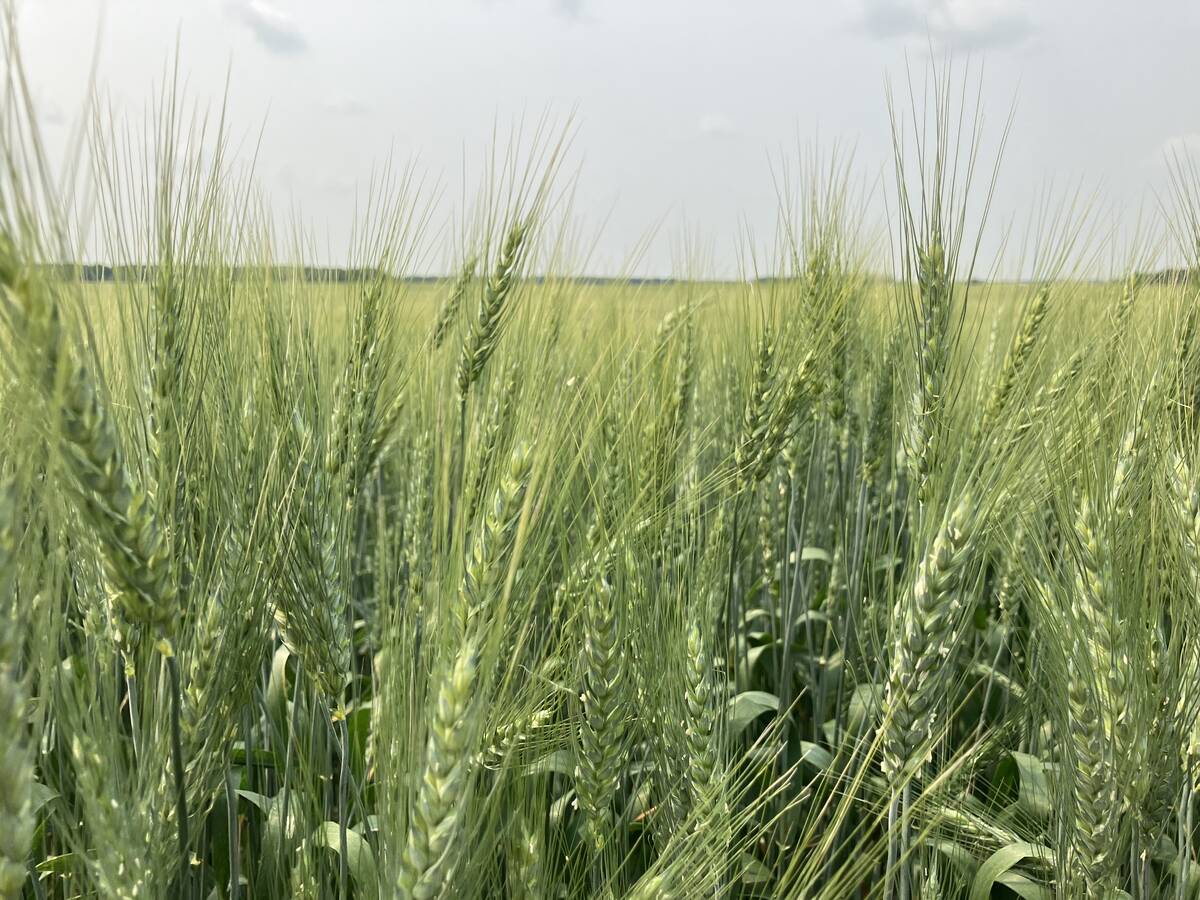
Wheat sees record year for exports in 2024-25
Wheat and canola remain the largest exports with wheat continuing at a record pace and canola remaining the third largest on record.
However, there’s a catch, said Goodbrand, who runs his cattle auction house out of Veteran, Alta.
“We’re going to see a lot of liquidation of cows,” he said. “That’s drought induced and, even though the market is higher, that’s not enough.”
Western Canada received a respite this year from the hot, dry conditions that covered the Prairies in a blanket last year that crops and native pastures couldn’t escape, but the tail end of this summer and into the fall has seen dry conditions return to southern Alberta and Saskatchewan.
Anne Wasko, market analyst with Gateway Livestock Exchange, said cow-calf operators can expect good prices heading into the fall run and possibly for the next few years.
“Western Canadian calf prices are about 25 percent higher than they were last year so, pretty substantial jump,” she said.
That’s in line with the futures market looking into 2023.
But again, there is a caveat to those higher prices.
“What we continue to hear from producers is the drastic increase in input costs. Whether we’re talking about feed or energy or labour, it’s just across the board,” said Wasko. “Big jump in cattle prices but so too with costs.”
Fed cattle prices between Alberta and American markets continue to be wider than normal, “and considerably wider. It’s been the case for a good part of this year so it’s not just a short-term aberration,” said Wasko. “That’s concerning because fed cattle prices to the U.S. would be much closer to the $2 live today rather than the $1.80 mark that we’re at.”
Both Wasko and Goodbrand highlighted the continued high number of heifers on feed, which is contributing to the situation.
“We have a lot of supply and we’re trapped a little bit. We can’t get enough cattle south to square up the basis,” said Goodbrand. “It’s not a conspiracy but we have a lot of cattle on feed relative to our packing capacity, relative to the U.S.”
Those tighter American supplies have put packers there in the red, according to HedgersEdge.com in its Oct. 11 report, dropping earnings from US$18.40 per head the previous week to losses of US$14.35 per head.
The historic drought in many parts of the United States is driving a lot of the trends south of the border, said Goodbrand, who anticipates prices will continue to go higher for several years.
“But even though prices are better, I don’t think they are enough better to stimulate heifer retention and expansion of the cow herd. We’re going to continue to liquidate,” he said.
The wildcard in how cattle markets shake out over the next year will continue to be weather.
“We know we’ve been stuck in this La Niña condition for going on three years now in the North American perspective. Those weather patterns need to change and move to more moisture,” said Wasko.


